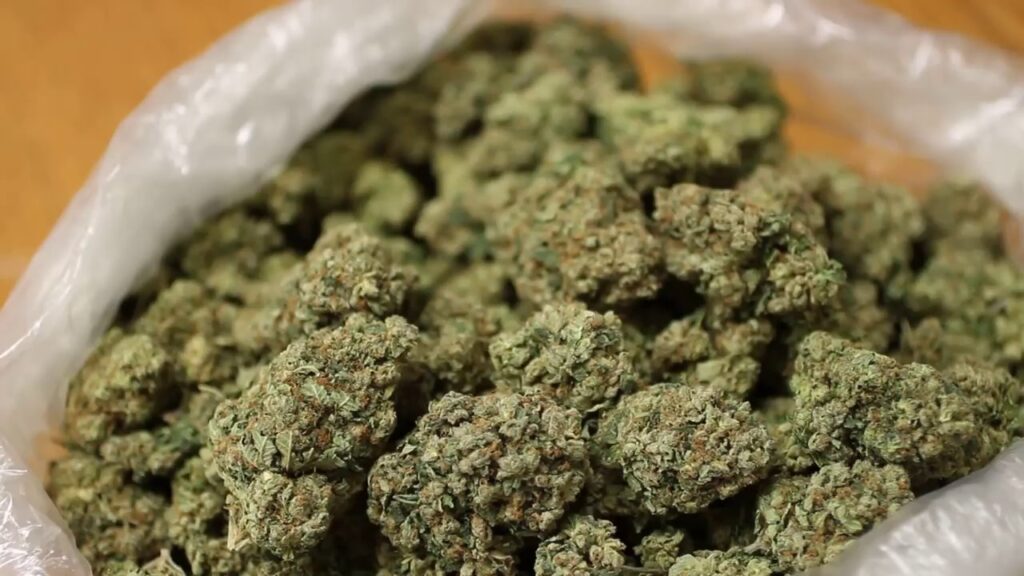The most common compounds in Indica cannabis are cannabidiol (CBD) and tetrahydrocannabinol (THC). CBD is known for its medicinal properties, while THC is the compound that gets users high. Indica strains typically have higher concentrations of CBD than THC.
Table of Contents
Add a header to begin generating the table of contents
Cannabidiol in Indica explained
Indica strains of cannabis are generally higher in Cannabidiol (CBD) than sativa strains. CBD is a non-psychoactive compound that has been shown to have therapeutic properties, including reducing anxiety and inflammation. Higher CBD levels in indica strains may make them more effective for certain medical conditions.
Tetrahydrocannabinol in Indica explained
Indica plants are known for their high THC content. THC is the main psychoactive compound in cannabis, and it is responsible for the plant’s intoxicating effects. Indica strains tend to be more potent than sativas, making them a popular choice among medical patients and recreational users seeking a powerful high. While THC levels can vary from one strain to the next, Indica typically contain between 10 and 20% THC. Some of the most popular THC-rich indica strains include Purple, Tropical Punch, and Afghan Kush. CBD levels in Indica are usually lower than in Sativa, making them less effective at treating conditions that respond well to CBD.
Terpenes in Indica explained
The terpenes in indica are myrcene, pinene, and caryophyllene. Myrcene is the most abundant terpene in cannabis and is responsible for the characteristic “indica” smell. Pinene is a common terpene in pine trees and gives indica its piney smell. Caryophyllene is a spicy terpene found in black pepper and cloves. It contributes to the pungent, earthy smell of indica. All of these terpenes contribute to the sedative effects of indica strains.

